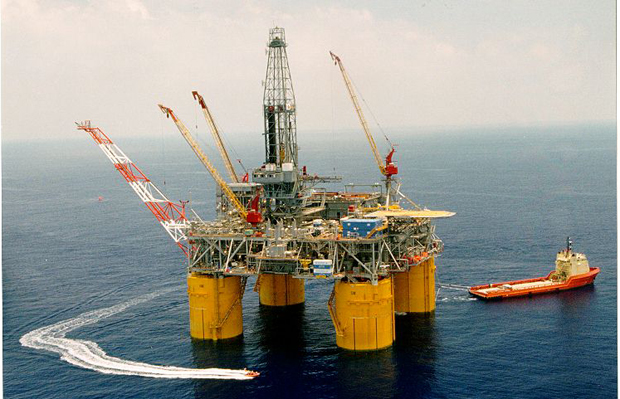KEY POINTS
- Over a quarter of Gulf oil production offline due to storm Rafael.
- Gulf energy sector impacted, with production losses of 2.07 million barrels of oil.
- Rafael downgraded to tropical storm, though disruptions persist in affected areas.
More than a quarter of U.S. Gulf of Mexico oil production and 16 percent of natural gas output remain offline in the wake of storm Rafael, according to data from the Bureau of Safety and Environmental Enforcement (BSEE) released on Sunday.
Approximately 482,790 barrels of oil and 310 million cubic feet of natural gas production were shut in as of Sunday, with evacuated workers and halted operations affecting output across the region.
BSEE data indicated that, so far, production losses due to the storm’s impact total 2.07 million barrels of oil and 1.12 billion cubic feet of natural gas.
With offshore oil production in the Gulf accounting for about 15 percent of total U.S. crude and around 2 percent of dry natural gas production, Rafael’s effect has put considerable strain on U.S. energy supply lines.
In addition, 37 of the 371 manned production platforms in the Gulf, around 10 percent, remain evacuated, with two drilling vessels still off their previous locations due to storm-related risks.
Rafael downgraded but continues to impact Gulf operations
Initially classified as a major hurricane upon entering the Gulf of Mexico, Rafael has since been downgraded to a tropical storm.
Although its intensity has diminished, the storm remains disruptive and continues to stall near the central Gulf. The National Hurricane Center expects Rafael to shift south and southwest over the next two days, potentially extending delays in Gulf production recovery.
The U.S. offshore energy sector frequently faces operational impacts from severe weather events in the Gulf, with shut-ins and evacuations enacted to protect infrastructure and personnel.
According to Reuters, BSEE’s shutdown protocols ensure that production halts temporarily when storms threaten offshore facilities, reducing risk to workers but impacting short-term output.
Safety measures and future outlook
Since Rafael is expected to move southwards, industry is keen on possibly additional effects on separators and pipelines. Energy producers are increasing safety measures as the storm arrives and begins to subside.
The reduction of the frequency and scope of tropical-storm-related safety hazards has been helped by the industry’s focus on fast shut down and evacuation of personnel; however, it is still unclear how the storm impact on US energy markets will play out as Gulf operations try to get back on line.
The longer production stoppages have raised questions about the Gulf’s energy industry’s continuing susceptibility to disasters. Market analysts will closely monitor how production levels are allowed to be ramped back up after Rafael leaves the gulf, at which point companies are expected to resume normal operations as conditions permit.



